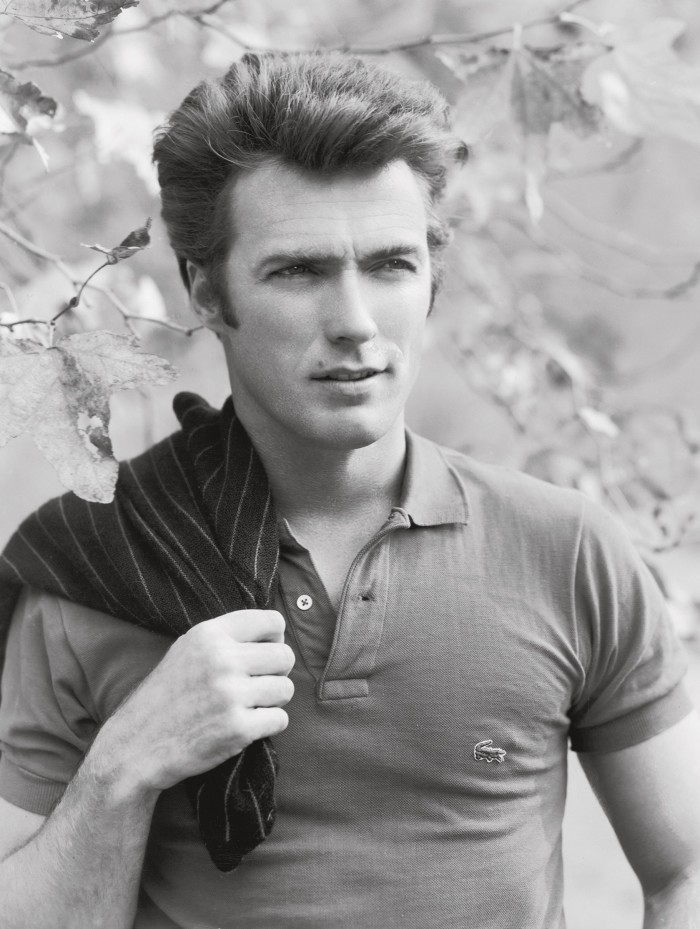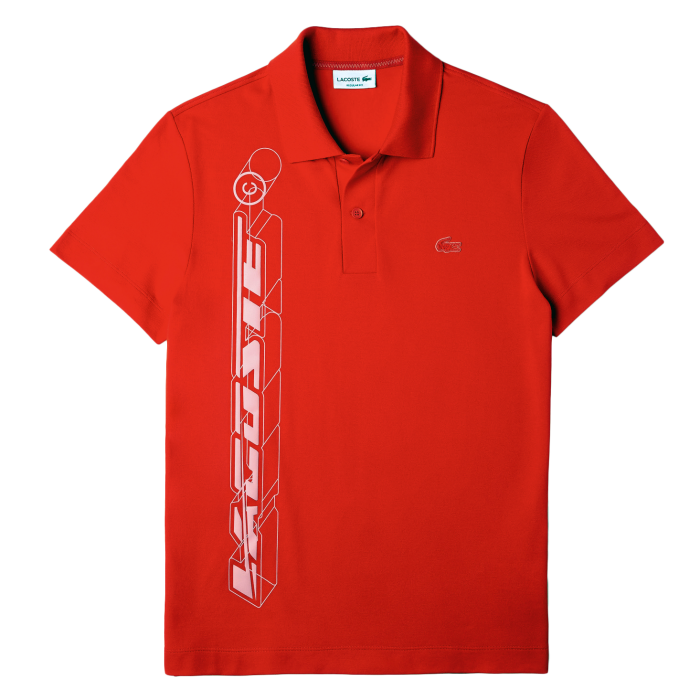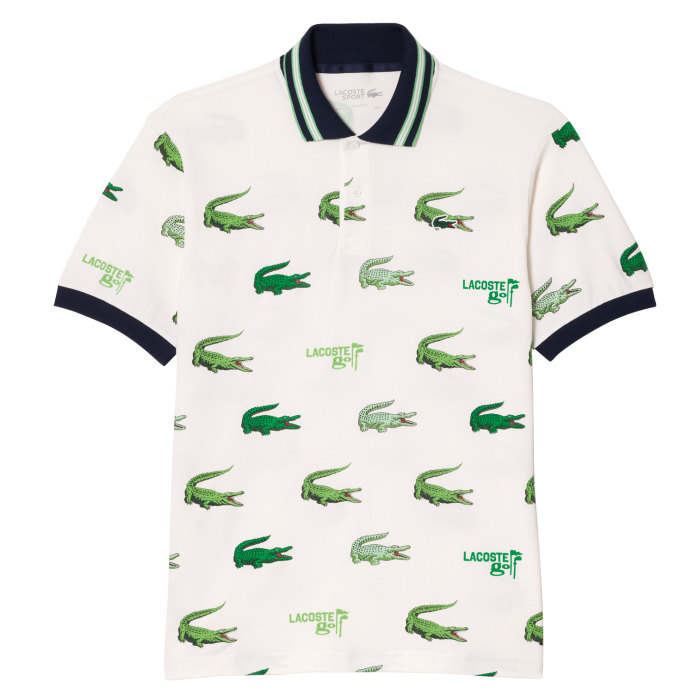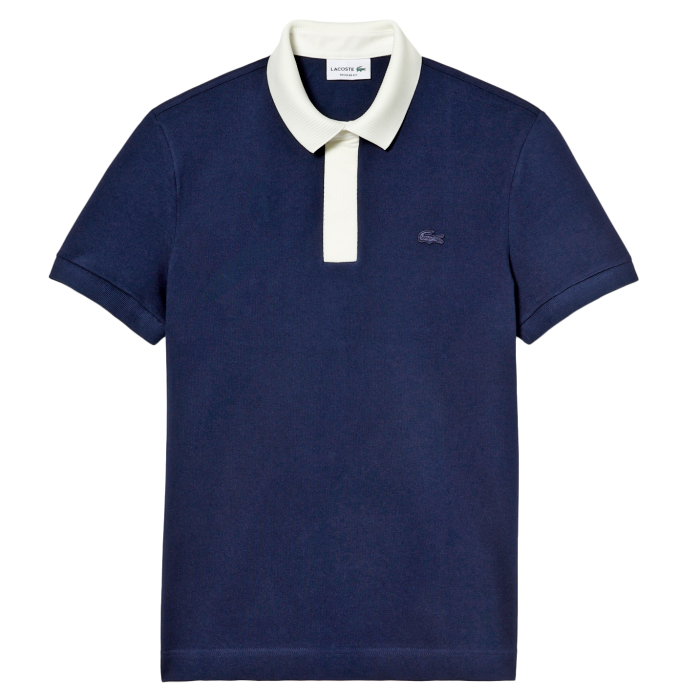The polo shirt that took over the world

Roula Khalaf, Editor of the FT, selects her favourite stories in this weekly newsletter.
The Lacosteiros are a subcultural group based in the outskirts of São Paulo, Brazil, who are obsessed with the French clothing brand Lacoste. In a movement that calls to mind the Lo Lifes of Brooklyn in the 1980s and ’90s, united in their infatuation with Ralph Lauren Polo, the Lacosteiros document themselves dressed head to toe in the label, inspired by local funk MCs who wear it and the exoticism associated with a European house on South American soil. Although they wear all of Lacoste’s apparel – including caps, hoodies and sneakers – the classic polo shirt is the most ubiquitous, the brand’s crocodile logo a nod to aspirational wealth.

In the 90 years since its inception, the polo has represented many different things to many different people. For René Lacoste, the Grand Slam-winning tennis player who conceived the sporty style, it was liberating; he felt the uniform historically worn on court – a button-up shirt, tie and flannel trousers – inhibited his game, so he invented a lightweight alternative made from “petit piqué” cotton, with short sleeves and a half front placket to allow for greater movement. In reference to his on-court nickname, “The Crocodile”, he sewed a small green reptile on the front, birthing both the brand Lacoste and logoed clothing.

Similar styles have since been popularised by other labels. British tennis player Fred Perry, who won Wimbledon three times, launched his version in 1952 with a laurel wreath as its signifier. This was co-opted by various countercultural groups in the UK: the mods in the ’60s, skinheads in the ’70s and Britpop fans in the ’90s, embodying rebellion and a working-class spirit. For Ralph Lauren, who released his signature style in 1972, the polo shirt was the essence of the American WASP, donned by Hamptonites and frat boys as a symbol of affluence.

The Movement, £120

The Tennis, £84

The Golf, £88

The Paris, £120
Today, the polo shirt belongs to a mass audience – Lacoste sold more than five million units of its classic style, the L.12.12, globally in 2022. “Polos are today embraced by the father, the son and the grandfather – it’s really a product for each generation,” says Lacoste deputy CEO Catherine Spindler.
To mark the polo’s anniversary, Lacoste has launched an updated collection of five styles to represent the different needs of its wearers: the Paris, which has a fitted cut; the Movement, made from organic cotton and recycled polyester; two sports-centred styles, the Tennis and Golf; and the L.12.12 in seasonal colours. These take pride of place in Lacoste’s new London flagship, which opened last month and is designed to celebrate how the brand is worn around the world.
“What is really impressive is to see how so many different cultures and communities still embrace the polo in different ways,” adds Spindler. From tennis players to midtown workers to São Paulo’s youth, the polo shirt, even after nine decades, continues to be reinterpreted and reinvented.
Comments